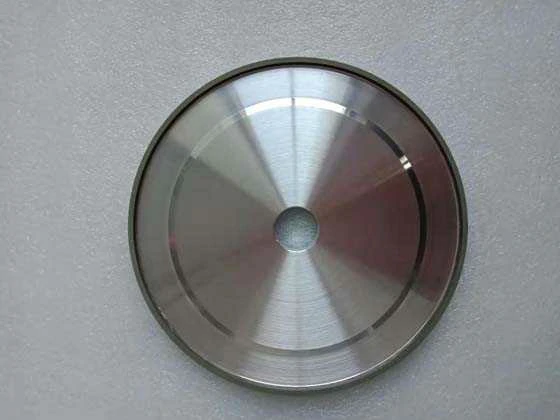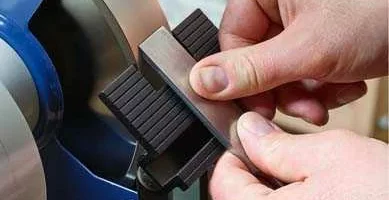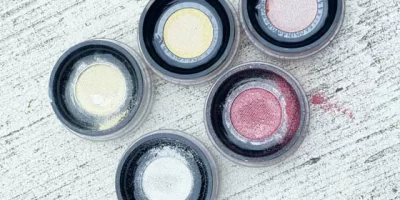What abrasives are commonly used for grinding?
Grinding is a process that involves the use of abrasives to remove material from a workpiece, typically to achieve the desired shape, size, or surface finish. Abrasives are materials that have the ability to wear away or remove material by friction. They come in various forms and compositions, each designed for specific grinding applications. In this article, we will explore some of the commonly used abrasives for grinding.
1. Aluminum oxide (Al2O3): Aluminum oxide is one of the most widely used abrasives for grinding. It is a tough and durable material that can effectively remove material from a workpiece. Aluminum oxide is commonly used for grinding steel, cast iron, and non-ferrous metals. It is available in different grit sizes, allowing for various levels of material removal and surface finish.
2. Silicon carbide (SiC): Silicon carbide is another popular abrasive used for grinding. It is harder than aluminum oxide and can be used to grind materials such as ceramics, glass, and stone. Silicon carbide is also commonly used for grinding non-ferrous metals, such as brass and bronze. It is available in different grit sizes, providing options for both coarse and fine grinding.
3. Diamond: Diamond is the hardest known material and offers excellent grinding performance. It is commonly used for grinding hard and brittle materials, such as cemented carbide, ceramics, and glass. Diamond abrasives are available in various forms, including diamond wheels, diamond files, and diamond pastes. They are often used in precision grinding applications where tight tolerances and high-quality surface finishes are required.
4. Cubic boron nitride (CBN): CBN is a synthetic abrasive that is second only to diamond in hardness. It is commonly used for grinding ferrous materials, such as hardened steels and superalloys. CBN abrasives offer high thermal stability and excellent wear resistance, making them suitable for high-speed grinding applications. They are available in various forms, including CBN wheels and CBN inserts.
5. Ceramic: Ceramic abrasives are made from a mixture of ceramic materials and aluminum oxide or silicon carbide. They offer longer tool life and faster material removal compared to conventional abrasives. Ceramic abrasives are commonly used for grinding heat-sensitive materials and hardened steels. They are also suitable for high-speed grinding applications.
6. Zirconia alumina: Zirconia alumina abrasives are a combination of zirconium oxide and aluminum oxide. They offer high cutting efficiency and long tool life. Zirconia alumina abrasives are commonly used for heavy stock removal and grinding applications that require aggressive material removal. They are often used for grinding stainless steel, carbon steel, and exotic alloys.
In conclusion, there are several abrasives commonly used for grinding, each with its own unique properties and applications. Aluminum oxide, silicon carbide, diamond, cubic boron nitride, ceramic, and zirconia alumina are some of the most widely used abrasives. When selecting an abrasive for grinding, it is important to consider the material being ground, the desired surface finish, and the specific requirements of the grinding application.
.webp)




